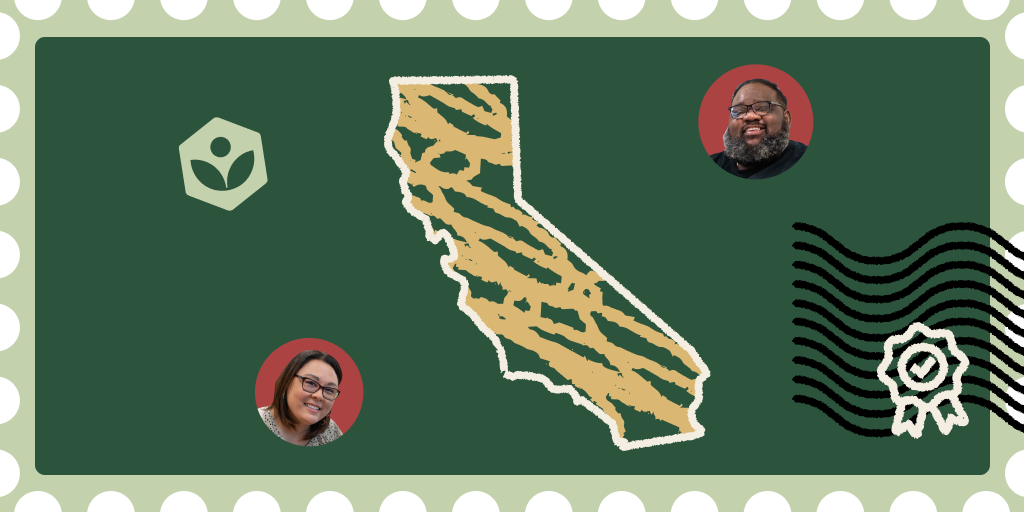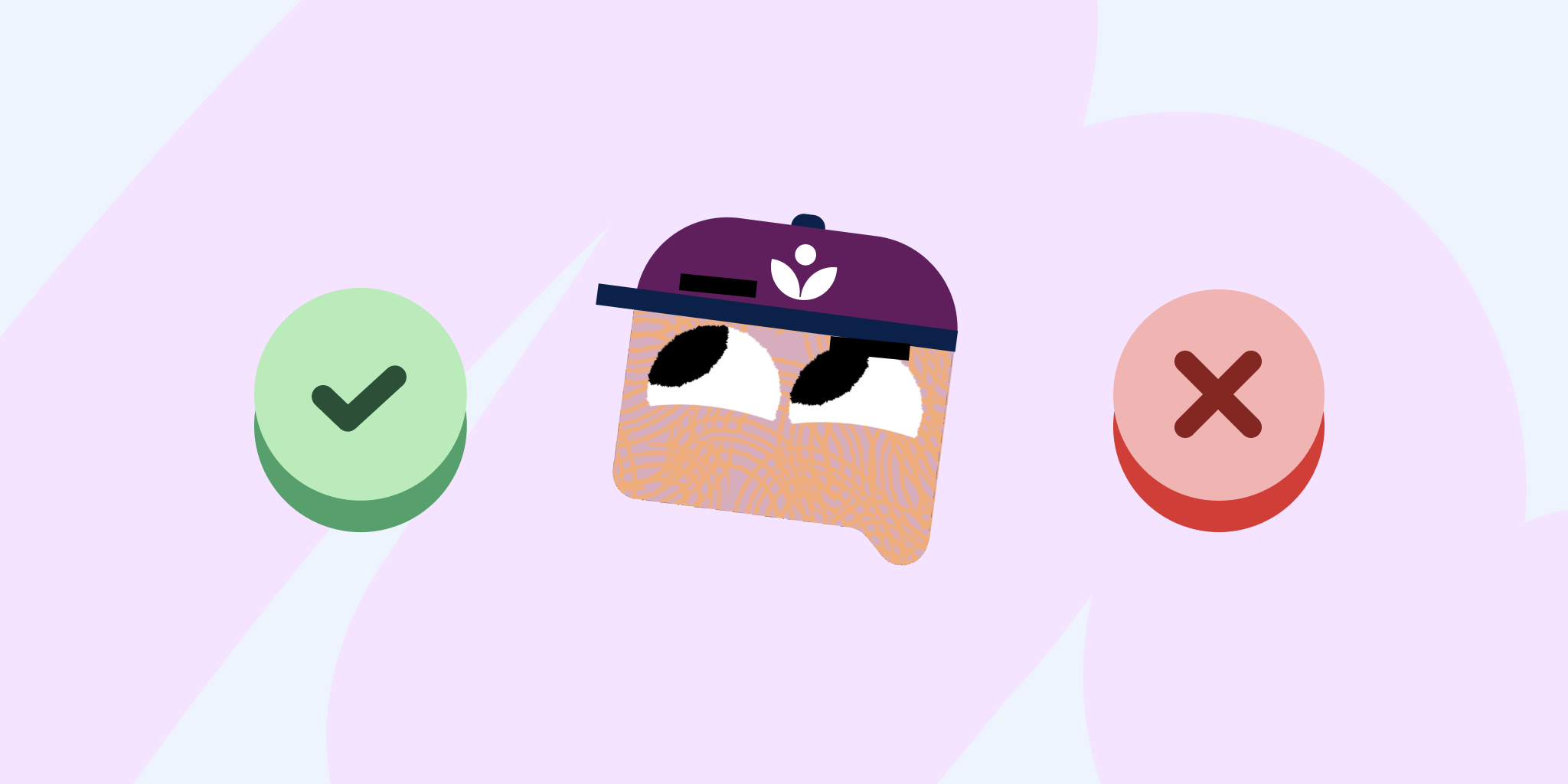The second in a four-part series about the science of learning
by Kristen DiCerbo, chief learning officer.
At Khan Academy, we’re well known for our videos. But watching a video is ultimately a passive experience. On its own, a video doesn’t enable deep learning. So how does the learning happen?
First, it’s important to know that Khan Academy provides opportunity for practice. Practice is important because:
- Students need it in order to get fluent with skills they are learning. Fluent means being able to do something, like reading or solving math problems, accurately and quickly.
- Students need to practice not just doing a skill multiple times, but they also need practice deciding which skill to use when. For example, some word problems require subtraction and some require addition. We call this mixed practice.
In addition to providing practice, we provide instruction. While no technology can ever replace a great teacher, technology can help when a teacher isn’t around or is helping other students. For example:
- Students, particularly those newly learning a skill, benefit from immediate help when they get stuck. Khan Academy provides on-demand hints and feedback on whether or not an answer is correct and why.
- We can provide instructional material at just the right moment when students are working on practice, so they can apply new learnings to immediately solve their problem.
- Our instruction can provide explanations in ways that are slightly different than how a text or teacher explains something. Sometimes that might be the explanation that clicks with learners who did not understand it another way.
Now back to our videos. As I mentioned earlier, watching a video is ultimately a fairly passive activity. That means information is coming in, but we are not engaging with it. Learning research tells us that to actually learn something, we need to actively use the new information to help store it in our long-term memories. We need to explain new things to ourselves in our own words and practice applying new information in different scenarios to see when it’s appropriate and when it isn’t.
When we are learning processes and procedures, the more we practice, the more the process becomes more automatic. When something becomes automatic, you don’t have to spend your brain’s energy figuring out how to do it; you can focus on other things. For example, practicing addition facts and times tables until they become automatic means when solving more complex problems, like long division, we don’t have to spend mental energy remembering what 7×8 is. As we get to more complex procedures, the same principle holds. More practice in factoring polynomial equations will make the steps to do it automatic, allowing us to focus on why we are doing it and applying it in the correct places.
So, it is really the videos, articles, and practice on Khan Academy in combination that help students learn.
Previous post in this series:
Part 1 – An Introduction to Learning Science at Khan Academy




